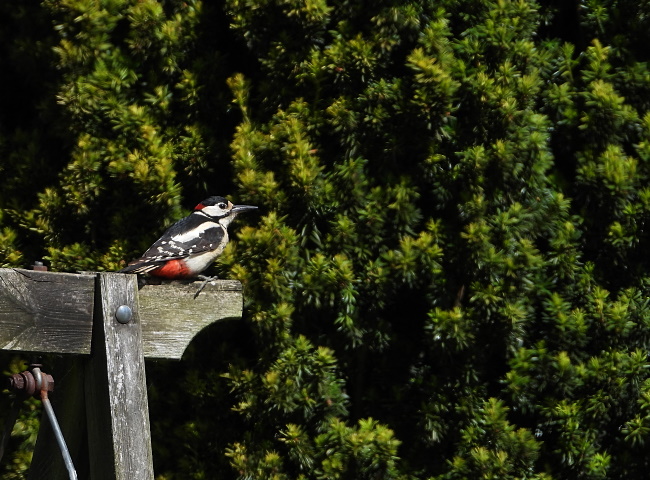Site menu:
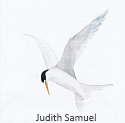
June 2020 Newsletter
Little Terns at Gronant.
May Bird News.
Forthcoming Events.
Latest Newsletter.
Little Terns at Gronant

NOTE: At time of writing (end of May)
Covid 19 restrictions in Wales mean there can be NO voluntary wardening
at Gronant. This may change as restrictions are eased. In the meantime
Denbighshire Countryside Services are doing a splendid job.
I thought the Covid 19 pandemic meant the Little Terns at Gronant would be left to fend for themselves this summer, which would mean the foxes would have had a free for all, so I was thrilled to read this which was put on Facebook by Denbighshire County Council on May 6th:
Denbighshire Countryside
Service staff have been working at Gronant Dunes to protect the Little
Tern colony. Gronant is Wales’ only breeding colony of Little Terns,
which have faced recent threats through quad bikes driving over vital
shingle nesting habitat. A small staff team from the Countryside
Service have been working hard to install electric fenced pens, whilst
adhering to social distancing measures. The Little Tern colony will
continue to be monitored with a staff presence throughout the season,
which runs from May to late July. Denbighshire Countryside Service are
working with North Wales Police to prevent further quad bike damage to
the Little Tern colony.
Gronant is not only the only Little Tern
colony in Wales (apart from a few pairs which occasionally breed at the
nearby Point of Ayr), it is currently the most successful in the UK.
2019 was another very good breeding season with 161 pairs producing 206
fledglings, the second highest on record. A lot of research is
currently being undertaken trying to obtain a better understanding of
Little Tern movements and Gronant is heavily involved in this work.
Metal ringing has been carried out at Gronant by David Norman for a
remarkable 37 years but the use of colour rings, when birds can be
individually marked and re-sighted, is starting to revolutionise our
knowledge of the birds, to quote from Ref 1 - "A colour-ringing scheme
is an invaluable tool for examining survival, longevity, population
movement
and site fidelity amongst ringed birds". More on colour-ringing below
but 2019 saw a new development, Geolocators are now small enough to be
put on to Little Terns and 15 were fitted through the breeding season.
These Geolocators will have to be retrieved this summer in order to
read the data which will be exciting. If nothing else putting
geolocators, satellite tags and GPS on birds has taught us that we can
expect surprises!
Below is the 'Colour-ring resighting summary for
2019' written by Henry Cook, at the bottom I've added a Table from Ref
1 for further interest. Henry has asked me to point out all this
colour-ring spotting was done under license by volunteers overseen by
staff. If anybody wants to get involved then please contact the North
Wales Little Tern Group - see Ref 2 below.
Colour-ring resighting summary for 2019 - Henry Cook.
The Little Tern (Sternula albifrons) is the least studied of the
British breeding terns. The advent and funding of colour-rings has
provided the opportunity to study this dainty species in more detail
than ever before whilst causing the minimum of disturbance to their
daily lives.
The 2019 season for colour-ring resightings was very fruitful. This
year a total of 27.5 hours was spent scanning on the beach for
colour-rings by a growing band of volunteers, which resulted in 360
sightings of 213 individual birds. Despite being able to collectively
put in less time than last year (42 hours in 2018) there were a similar
number of resightings, and of many more birds (150 in 2018). The rise
in the number of birds resighted is largely due to the increasing pool
of birds in the colony which are now colour-ringed. These statistics do
not include time put in recording rings through gopros (cameras) which has not
been recorded up to this point.
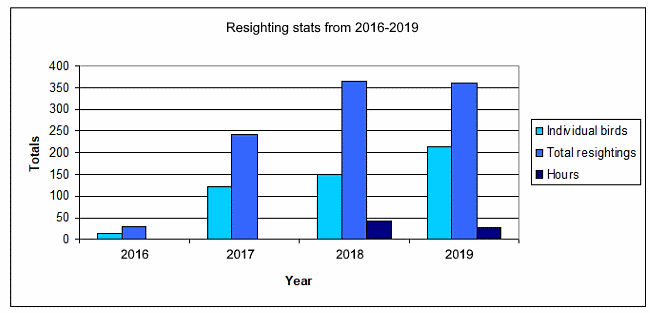
Bar Chart showing the resighting
statistics over the last 4 years. N.B.
prior to 2018, resighting effort hasn't been totaled.
Amongst the birds resighted was 'ZBA', a male which last year set a
world record for longevity at 25 years of age. It came back this year
once again, now 26 years old, furthering the known world record for the
species. This sighting alone justifies the colour-ringing project but
the potential to learn more is significant and only starting to be
realised as effort is not only put in to ring them but also to resight
them.
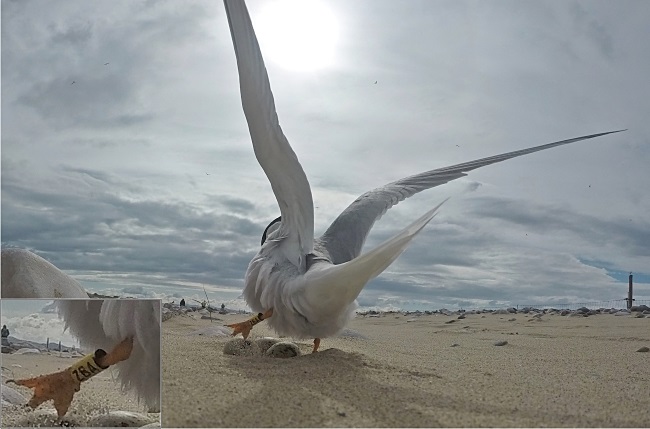
ZBA recorded on a GoPro camera
returning to his nest. At 26 years old
he is the oldest known Little Tern to be recorded.
A number of other notable findings were recorded including a small
number of one year-old birds resighted towards the end of the season
(3% of those ringed). It used to be thought one year-olds remain on the
wintering grounds and don't bother making the dangerous journey back as
they do not start breeding until 2 to 3 years of age. These daring few
individuals, should they survive, will have added experience not only
of the journey but also where may suit them to breed.
It is now four years since the first batch of chicks were
colour-ringed, 20 of them. This year 8 of those 20 returned meaning 40%
had survived to this point. This may not seem high but there is thought
to be high mortality in the first few years of life for many terns.
My personal favourite resighting session was from the portable hide
which we only tend to use on very high tides, so the location of the
high tide roost is known. With sensible positioning, the view from the
high resulted in a view of many birds from the colony, right in front
of us. We recorded 36 different colour-rings in this one session,
including birds from Gronant, Ireland, Isle of Man and Cumbria.

The view through the scope at a flock
on the shoreline. If one is
stealthy and lucky enough to get this close a number of colour-rings
can be read.
Thanks to members of the NWLTG who put in the many hours to retrieve
these fascinating resightings and adding to the known life histories of
these birds. Also thanks of course to the ringers who devote lots of
time to colour-ringing the adults and chicks for us to read. There is a
wonderful opportunity in the years to come to continue the effort as
researchers will be able to build a better knowledge about factors such
as survival and immigration from other colonies. These factors combined
will tell us how the population is faring and flag conservation issues
which can help them in the future.
Finally, an ask. Reading rings through telescopes or searching GoPro
nest-camera footage takes great patience and persistence but I would
urge anyone interested in contributing to this novel project next year
to join in and try with an experienced resighter to learn first hand.
Once you've read your first ring in the field or on the computer,
you'll be hooked!
Henry Cook
Table shows re-sightings from different colonies at
Gronant in 2019 (extracted from Ref 1).
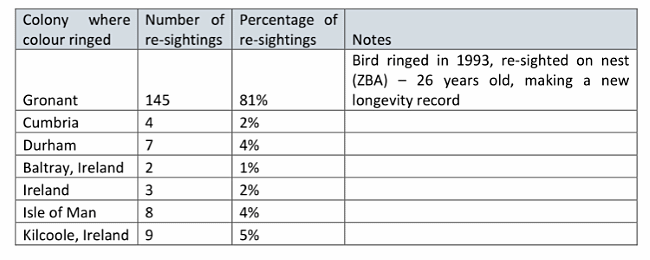
References and Further Reading
1. James Duncan, Emma Watson & Amy Trower, Gronant Little Tern Report 2019, Denbighshire County Council Countryside Service.
2. North Wales Little Tern Group - https://en-gb.facebook.com/nwlittletern/,
email: nwlittletern@gmail.com.
Richard Smith
May Bird News
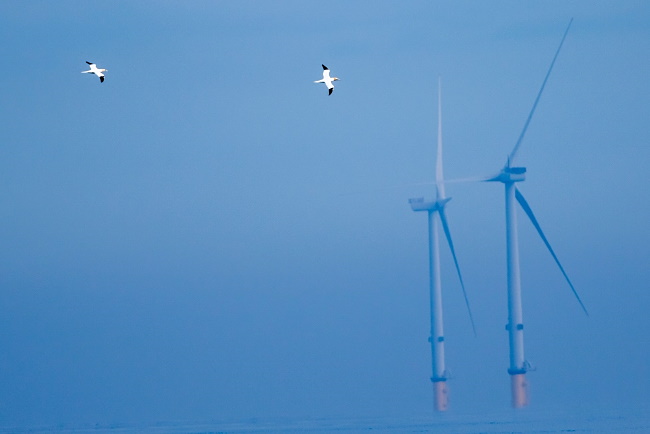
They say it was the sunniest spring on record and it certainly seemed
like it with some glorious weather, but we did have two spells of
strong westerlies through the
month resulting in plenty of Manx Shearwaters and Gannets with highest
counts on the 1st with at least 100 Manxies and 'hundreds' of Gannets.
On the same date we also had an Arctic Skua and a Puffin.
There were plenty of waders coming through including 142 Whimbrel on the 6th and 3,400 Dunlin, both counted at Heswall. There were lots of small waders also at Hoylake but more unexpected were at least four Curlew Sandpipers, two of which were recorded at night on nocturnal migration. These are a lot less common in spring than in the return migration in September.
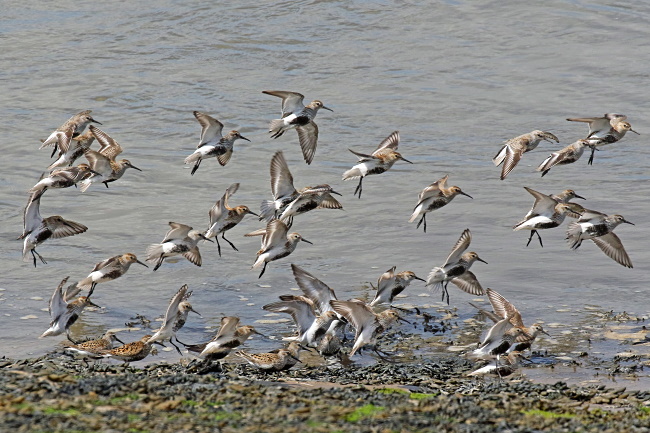
Due to migration overshoot May is often a good month for rare and
scarce birds and this year was no exception. We didn't get a Yellow
Wagtail bonanza like last year but a Blue-headed Wagtail was a nice
find on West Kirby Shore on the 6th. This is the Yellow Wagtail race
which breeds in western Europe. There were at least 16 records of Quail
with probably three birds involved - at West Kirby, Parkgate and inland
of Decca Pools. Although 2019 was also a good spring for them most
years we don't get any. There was an elusive Hoopoe in Lower Heswall,
seen briefly twice - I suspect it was feeding in people's gardens. A
Turtle Dove was spotted at Red Rocks on the 7th.

A Black Redstart was on the tide wrack at Parkgate
on the 3rd. Ravens seem to be doing well in our area and a family group
of five was at Leasowe. There have been a total of nine records of
Cuckoos this spring (seven in May), not untypical for what has now
become a quite a scarce bird but good that at least some are still
present. At least one Red Kite was recorded flying
over Wirral on several occasions in the second half of the month with
more on the Welsh side around Halkyn.
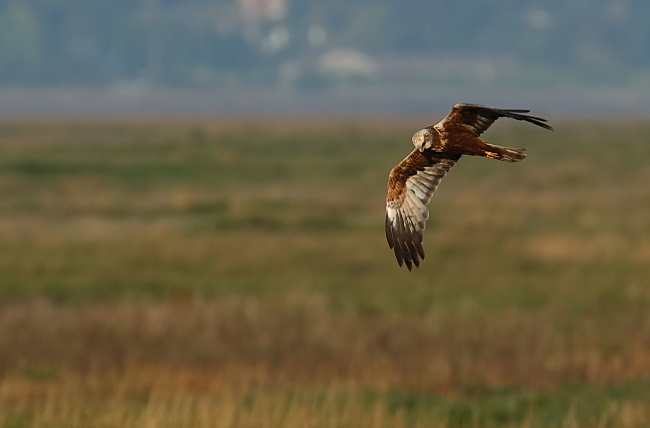
Most days there were between two and four
Spoonbills at Parkgate. There were several reports of the above male
Marsh Harrier at Parkgate with unusual plumage. There were also four
reports of single Marsh Harriers along north Wirral, one was seen
struggling against the wind on the 22nd out with the Manx Shearwaters!
